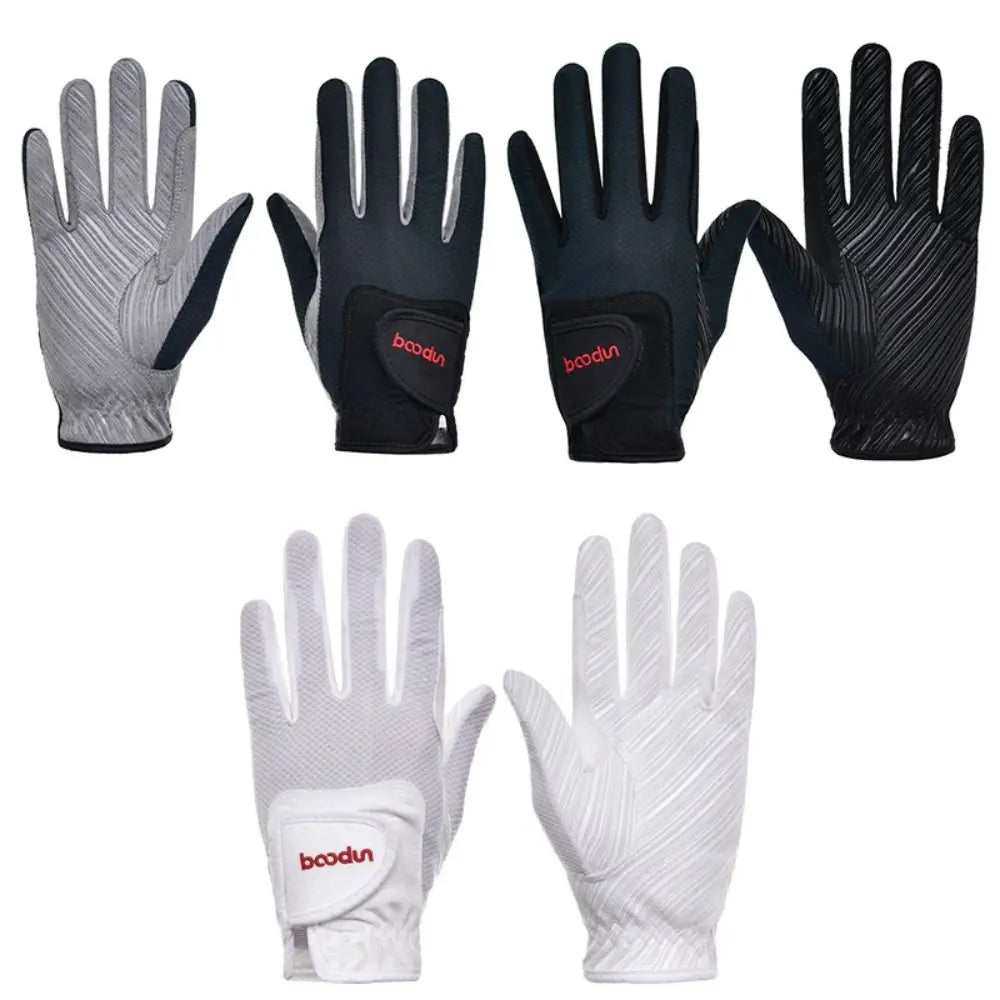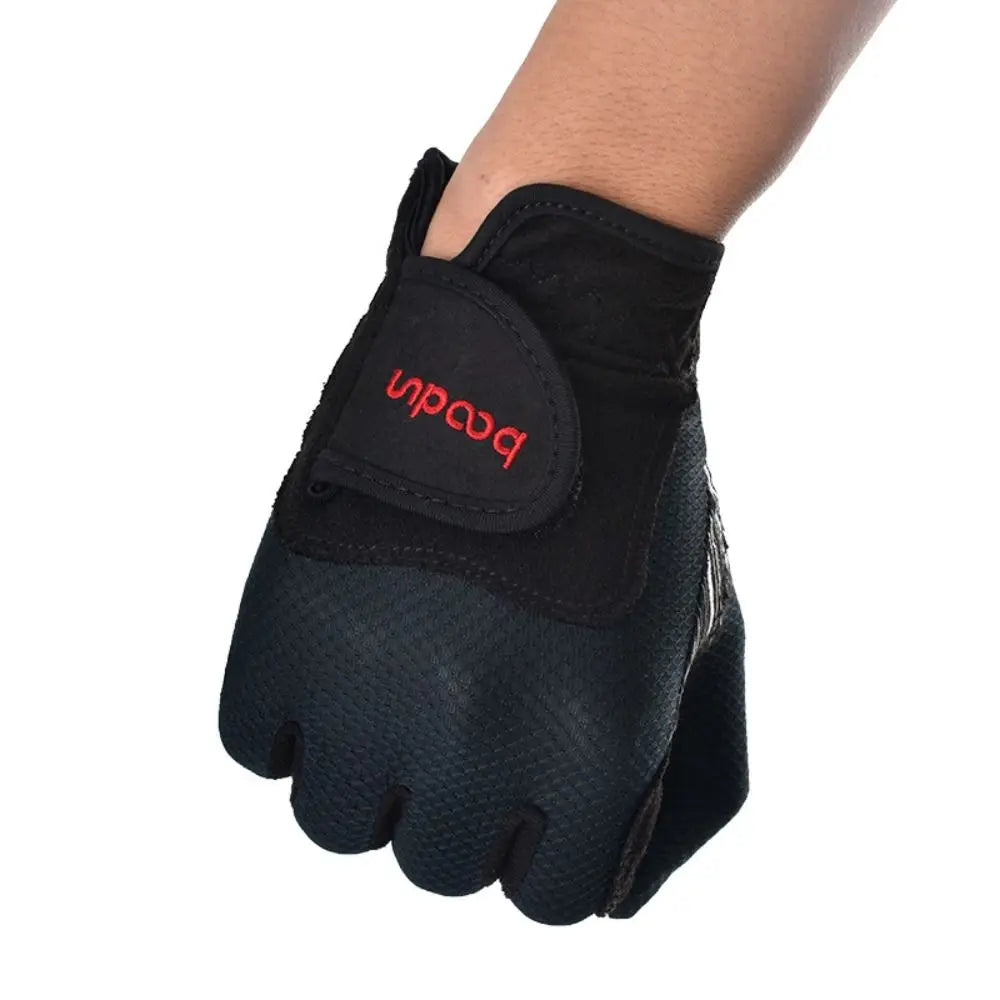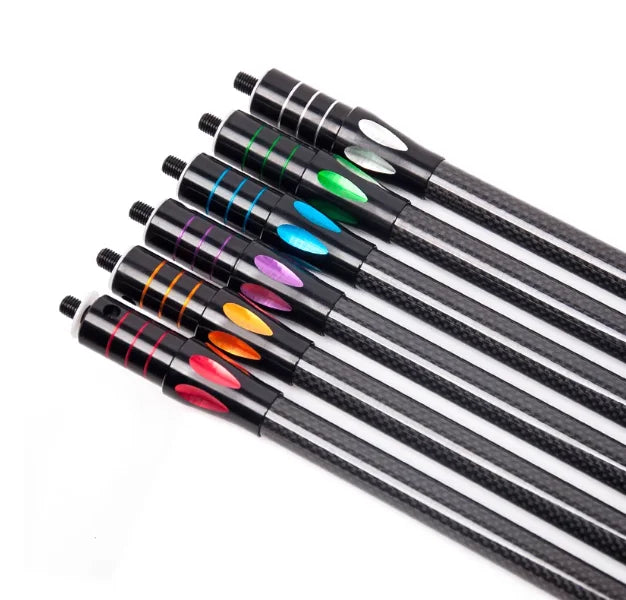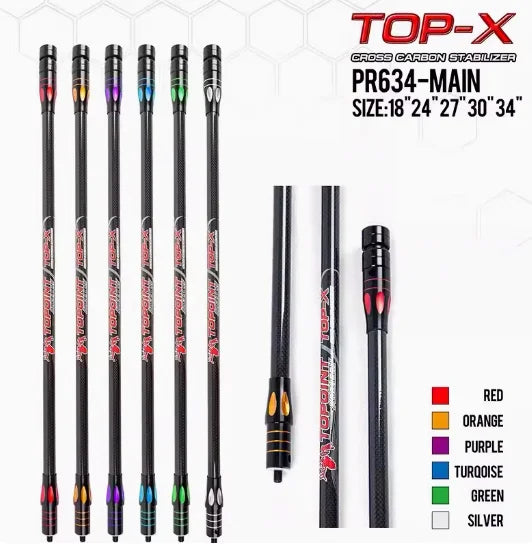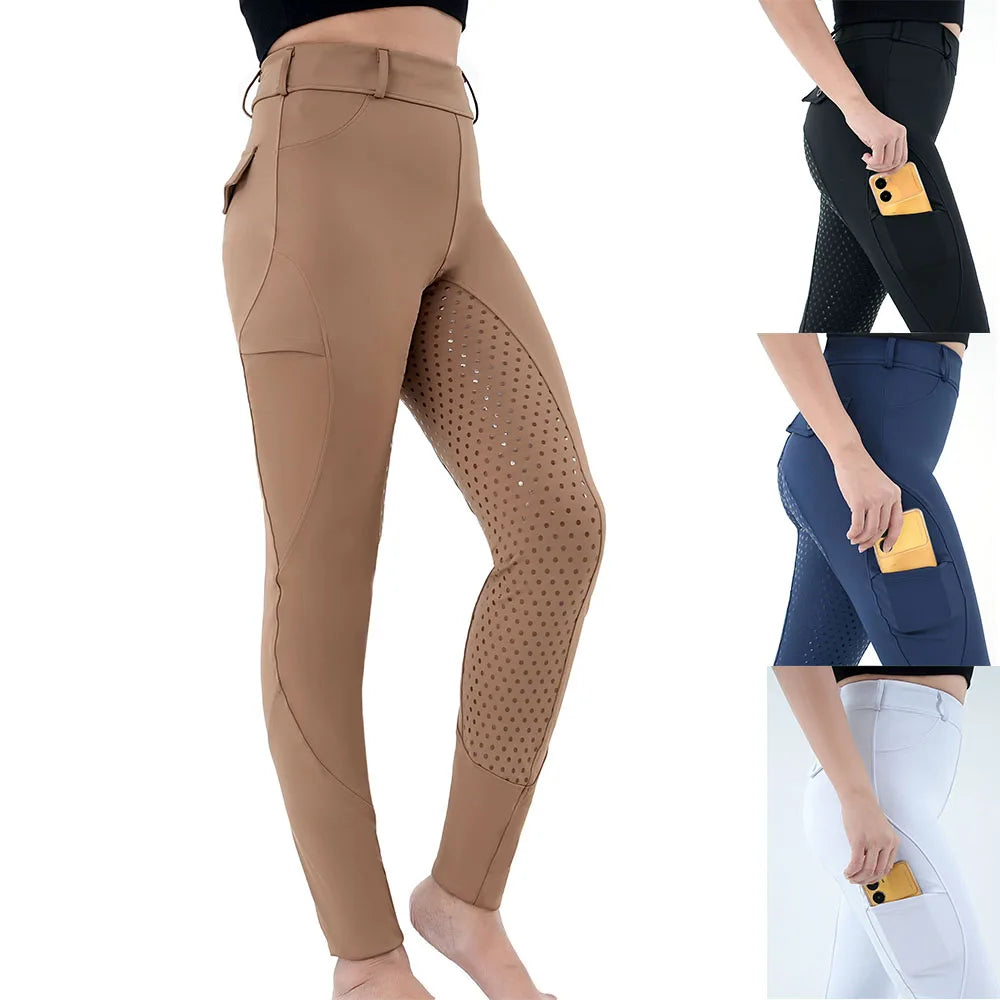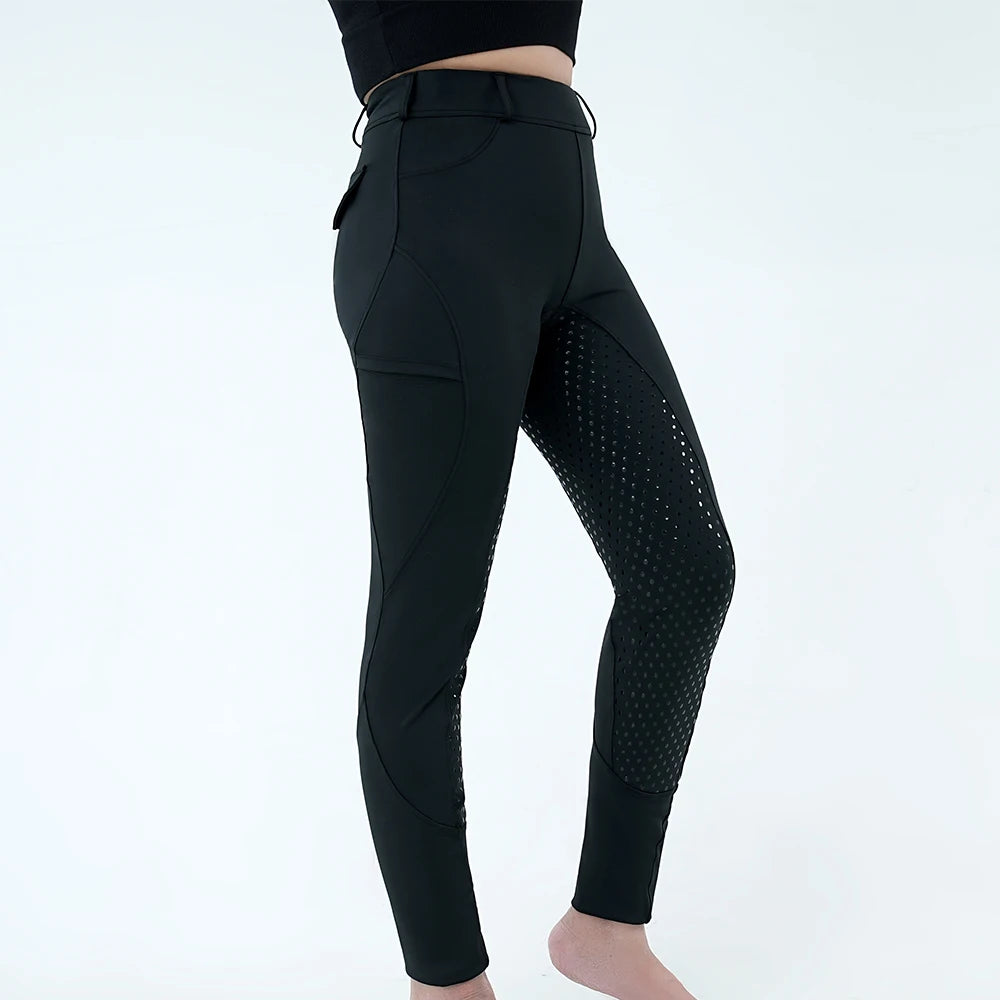Accuracy in shooting requires more than just skill and practice. The type of target you use can significantly impact your training, consistency, and performance.
If you are a beginner, competitive shooter, or hunter, selecting the right target will help you refine your aim and track your progress effectively.
This guide explores the different types of shooting targets, how they influence accuracy, and which options are best for various shooting disciplines.
1. Understanding the Importance of Quality Shooting Targets
Shooting at the right type of target helps develop muscle memory, consistency, and precision. A well-designed target provides clear visual feedback so you can adjust your aim accordingly.
The best targets:
- Offer visible impact zones for tracking shot placement
- Are durable and reusable to withstand multiple rounds
- Provide varying levels of difficulty to challenge different skill levels
- Simulate real-life hunting or defensive shooting situations
Investing in the right targets ensures that every training session is effective and results-driven.
2. Types of Shooting Targets and Their Benefits
Paper Targets
- Ideal for indoor ranges, competition shooting, and sighting in firearms
- Available in bullseye, silhouette, and grid patterns
- Disposable but cost-effective for regular practice
Best for: Precision training, scoring competitions, and target shooting sports
Steel Targets
- Made from hardened steel to withstand repeated impacts
- Provides audible feedback with a loud "ping" when hit
- Great for long-range shooting and quick target transitions
Best for: Tactical training, competitive shooting, and rifle practice
Reactive Targets
- Designed to move, spin, or change color when hit
- Increases engagement and real-time feedback
- Can be made of polymer, gel, or steel
Best for: Dynamic shooting drills and improving shot placement adjustments
Self-Healing Targets
- Made from flexible materials that close after being hit
- Can withstand thousands of rounds without breaking
- Suitable for various calibers and types of firearms
Best for: Cost-effective long-term practice and durability
Silhouette Targets
- Shaped like human or animal figures for realistic shooting scenarios
- Common in law enforcement, self-defense training, and hunting practice
- Helps shooters improve defensive shooting accuracy
Best for: Personal defense training and hunting simulation
3. How to Choose the Right Target for Your Needs
Beginners
For those new to shooting, paper targets with a bullseye or grid layout are the best option. These help track accuracy and offer a clear aiming point.
Competitive Shooters
Steel and reactive targets provide instant feedback, allowing for rapid fire adjustments in competitions. Silhouette paper targets are also great for precision scoring.
Hunters
Silhouette targets in the shape of game animals are excellent for real-world shooting scenarios. These help with shot placement awareness before heading into the field.
Tactical & Defensive Shooters
For those training for home defense or tactical applications, silhouette or steel targets are essential for practicing rapid engagements and reaction shooting.
4. Setting Up an Effective Shooting Practice Routine
To improve accuracy, create a structured training routine using different target types and distances.
- Start with stationary targets to build fundamental accuracy
- Move to reactive or steel targets to improve speed and consistency
- Incorporate varying distances to practice long-range precision
- Use scored targets to track progress over time
Combining these training elements will help build confidence and shooting precision.
5. Common Mistakes to Avoid When Choosing a Target
- Using low-quality or undersized targets that don’t provide clear shot placement feedback
- Selecting inappropriate materials for the caliber being used, leading to unsafe ricochets
- Practicing with only one target type, limiting skill development
- Ignoring safety measures, especially when using steel targets
By choosing the right shooting targets and setting up a structured practice routine, you can enhance accuracy, confidence, and shooting performance.
In Conclusion
Shooting accuracy is a combination of practice, technique, and the right targets. Whether you are training for competition, self-defense, or hunting, selecting the correct target type will make a significant difference. Investing in quality targets tailored to your skill level and shooting goals will result in greater precision and more effective training sessions.







